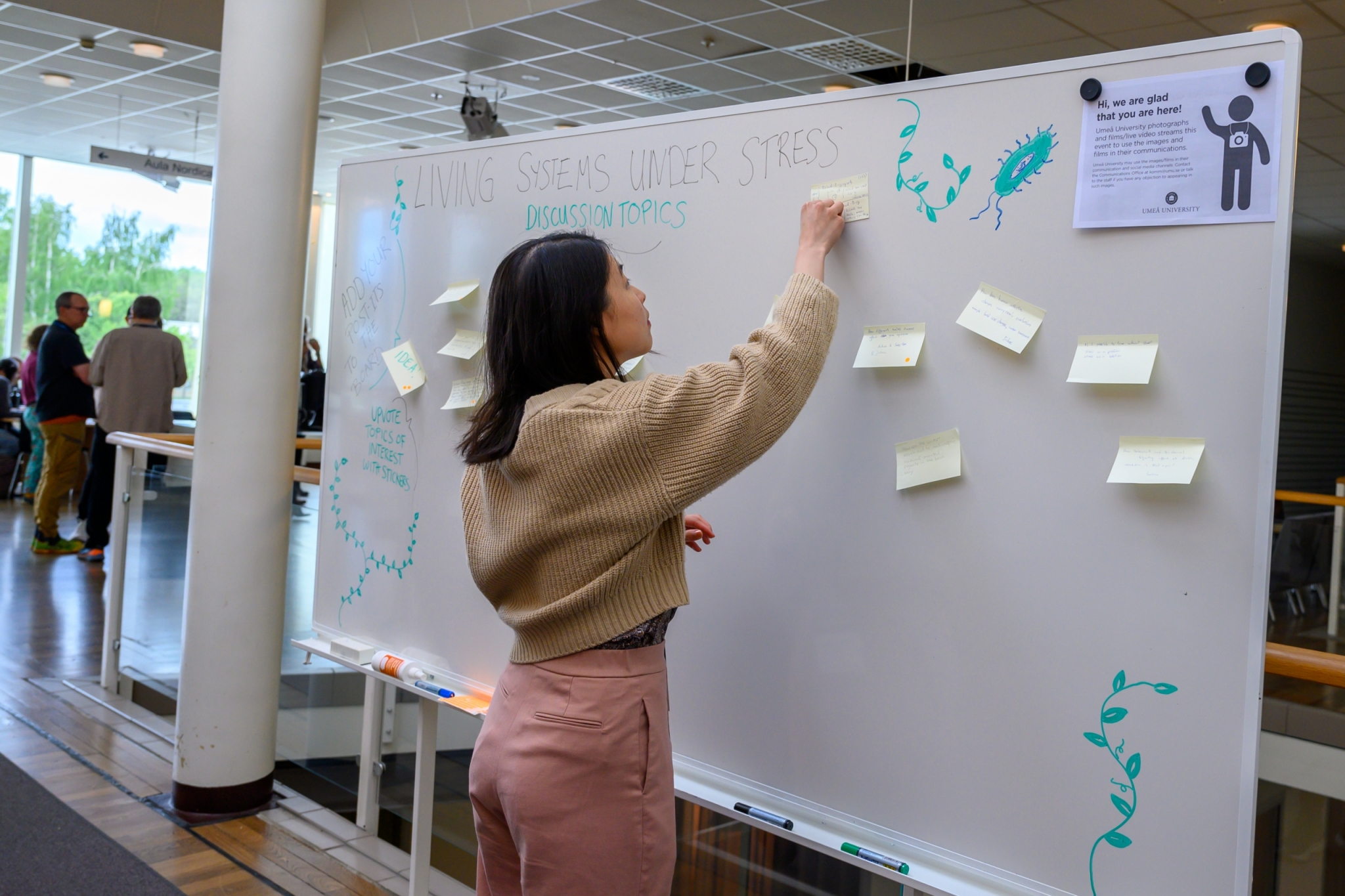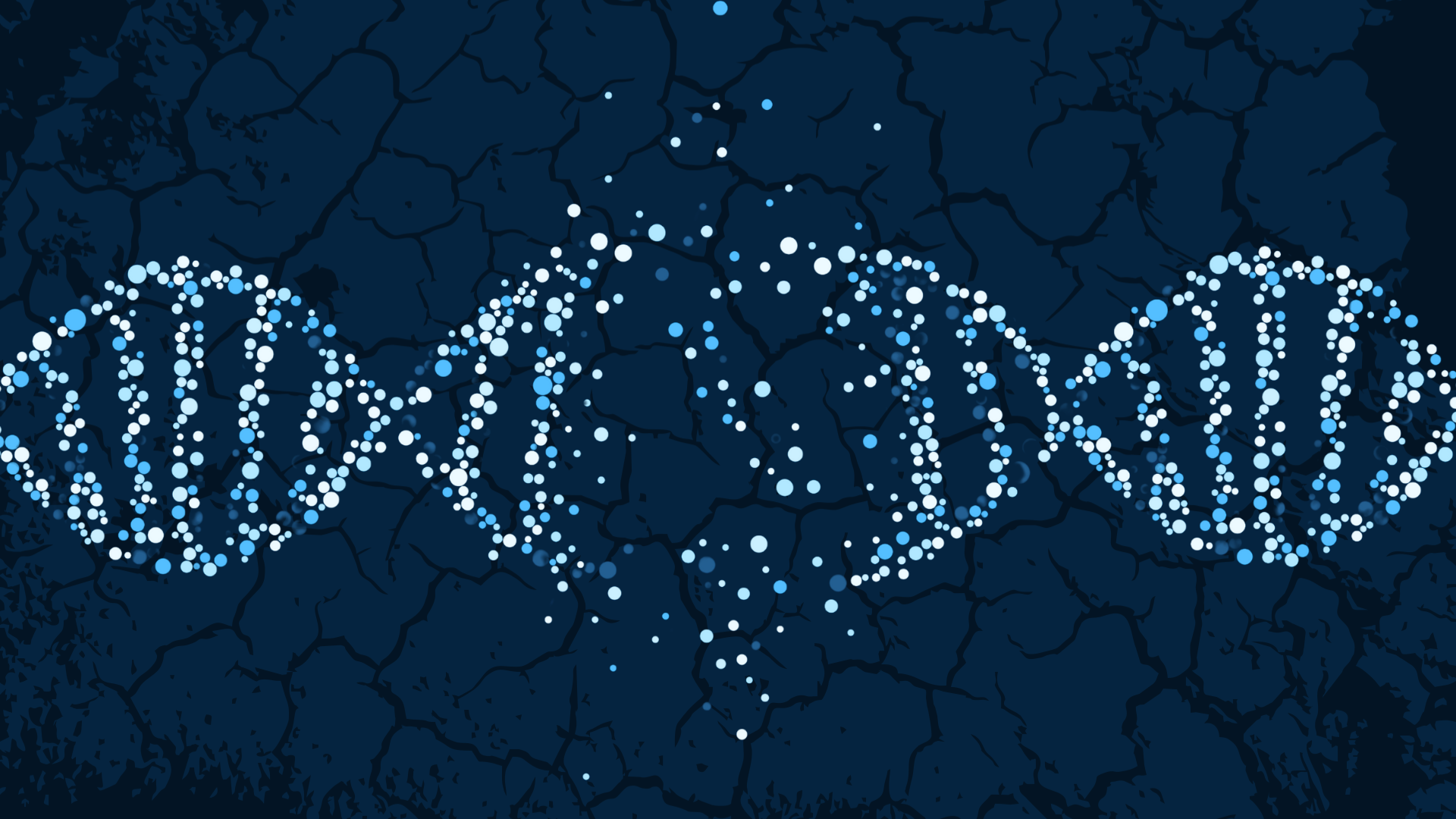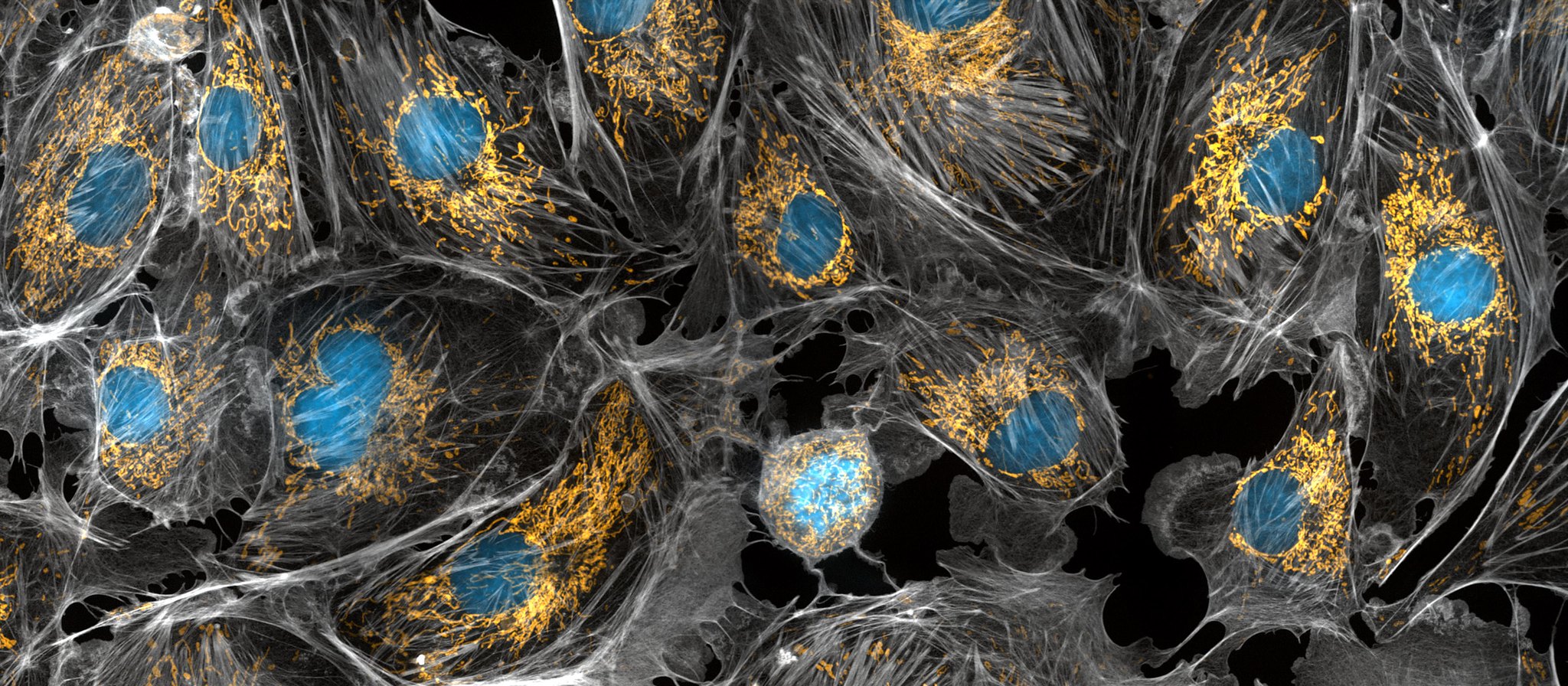Profile
Since I became group leader at Umeå University in 2014, I have notably focused on the metabolic adjustments occurring in cells undergoing death, with a particular emphasis on mitochondrial functions, and bioenergetic regulations within the cellular environment. The application of my work in delaying cell death has major applications for both an agricultural and a forestry point of view, where an increase in biomass is directly coupled to the plant’s fitness. In addition, biotechnological applications of this research are currently aiming to minimize post-harvest losses and thus contribute to food security. I am also involved in more forestry-oriented research projects. For example, we were recently supported by SSF (Stiftelsen för Strategisk Forskning) for a project aiming at enhancing carbon sequestration in biomass for Bioenergy Plantations in Sweden. To do so, we will use bio-engineering approaches, as well as breeding strategies including evaluations of forest monocultures versus forest mixtures, i.e. a plant community-based approach.
Besides, one of my current interests lies in the assessment of the energy transfer between the trophic layers in integrated aqua/agro farming systems. The idea is simple. Many industries release energy and/or wastes as side products of their activities. With the vision of securing food production while concomitantly improving the sustainability of our production systems, mankind has to think strategically to optimize the use of wastes. I am currently involved in several projects that aim at channelling the energy and wastes from industrial activities into a land-based food production system. To improve the circularity of such system both in terms of ecology and of economy, our goal is to optimize the efficiency of the transfer from the physical module (i.e. the industry) to the biological module (i.e. biomass). While the physical modules may regroup several types of inputs, e.g. low-grade heat waters, low-grade heat from server halls, solar input, released CO2, etc.; the biological module should include a mix of complementary trophic layers, in order to:
- create a better coverage of the use of energy,
- increase the circularity in the system (i.e. close the nutrient loop),
- promote microbial diversity (which can act as a probiotic or growth biostimulants depending on the trophic layers considered),
- provide high-end products to the society
Current Projects
The Latest Posts
This Icelabber hasn’t posted yet, but read these while you wait for the first post.







